Heritage discoveries in Muntinlupa
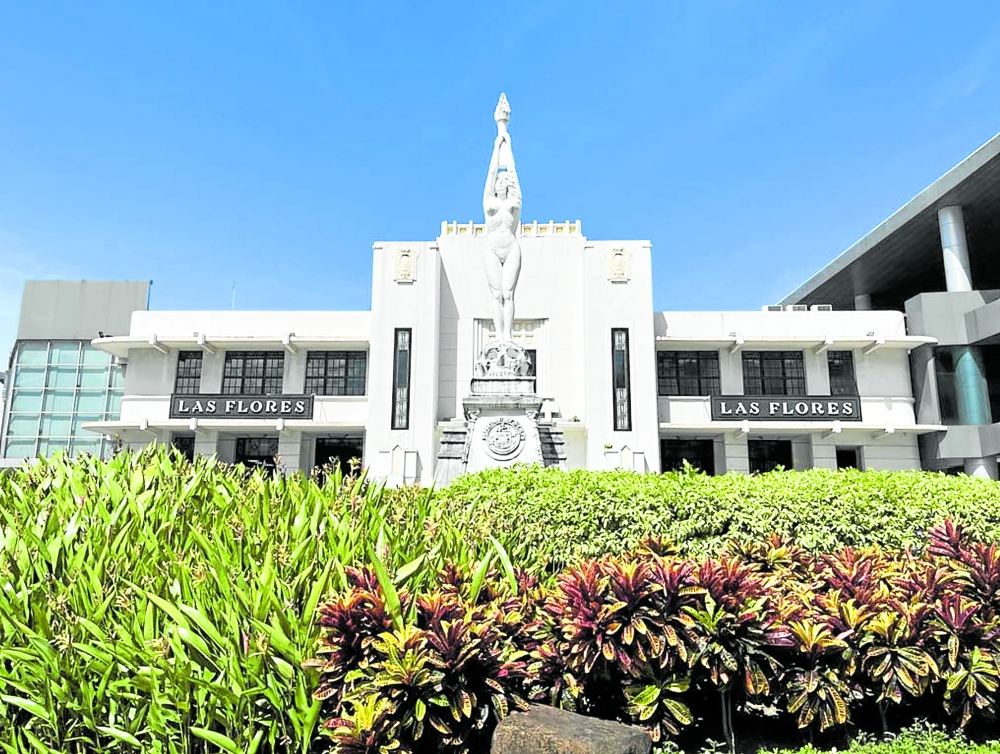
Muntinlupa, the southernmost city in Metro Manila, has been for a long time synonymous with the New Bilibid Prison (NBP), a sprawling penal reservation known in popular culture as Munti or Bilibid.
This city was founded in the second half of the 19th century with an earlier territory that possibly once extended to present-day portions of Taguig (Manancat or Mamancat, which are now portions of the Enlisted Men’s Barrio) and Butin (now Buting) in Pasig.
It was composed of two haciendas: Monting-Lupa, owned by the Augustinians, and Tunasancillo (also Tunazan), by the Augustinian Recollects.
In terms of its heritage and landmarks, the most known are the NBP main building, the Biological Production Services (BPS) Building in Alabang, and the 19th-century ivory image of the Nuestra Señora de los Desamparados which was canonically crowned in 2023.
Designed by Antonio Toledo, who also designed other buildings such as the Manila City Hall and the Leyte Provincial Capitol, the NBP replaced the old Bilibid in Manila. It started its operations in 1940.
Previously called the Alabang Serum and Vaccine Laboratory, the Art Deco BPS Building was built in 1924 and was reused as a restaurant and a satellite office of the city’s tourism office.
In front of the building is a large replica of Jose Rizal’s sculpture “The Triumph of Science over Death.”
More sites
Apart from these, there are many more heritage sites in Muntinlupa—churches and civic infrastructure built over the years, from the Spanish to American periods.
Inside the minimum security compound of NBP is a single arched stone bridge spanning a section of the Poblacion River. Possibly built by the Augustinian Recollects in the 19th century, the bridge is made of adobe and seems to be unfinished.
Upstream from this bridge is the NBP Dam, built at least during the American colonial period and also called the NBP Water Reservoir. The water from the dam was utilized in the reservation’s poultry, piggery, and agricultural areas.
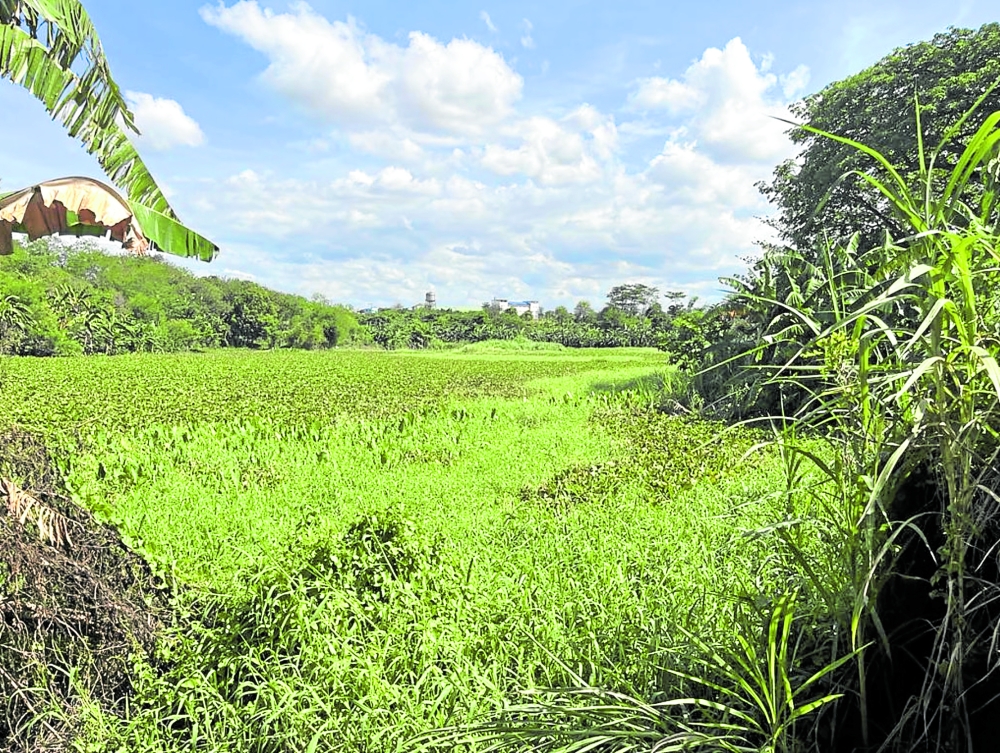
Not far from this dam is the Japanese Cemetery where fallen World War II Japanese soldiers were buried.
Elsewhere in the NBP compound, other heritage sites include the aguas potables (water tank), Director’s Quarters, Memorial Hill, and Jamboree Lake (also known as Liberty Dam), the second dam built inside the penal reservation.
All of these, plus the iconic main building but minus the water tank, have already been declared historical landmarks in the city by the local council. However, these sites are not easily accessed, and permits are needed from NBP management.
Churches
Another landmark in Muntinlupa is the church of Our Lady of Miraculous Medal Church designed by National Artist for Architecture Jose Ma. Zaragoza. Zaragoza was the architect of other famed structures in the country such as the Santo Domingo Church complex in Quezon City, Meralco Building in Pasig, and the Philippine Airlines building in Makati.

The church in Sucat was designed with a cruciform roof topped by a pylon with the dome swirling gracefully in the form of a starshade or like a whirled handkerchief.
Made of concrete, the church is described by Ruben Defeo in the book on Zaragoza as an artistic piece on the medium. “One can even argue that the uniqueness of the church rests on its being more sculptural than architectural because of its demanding challenge to the material,” he notes.
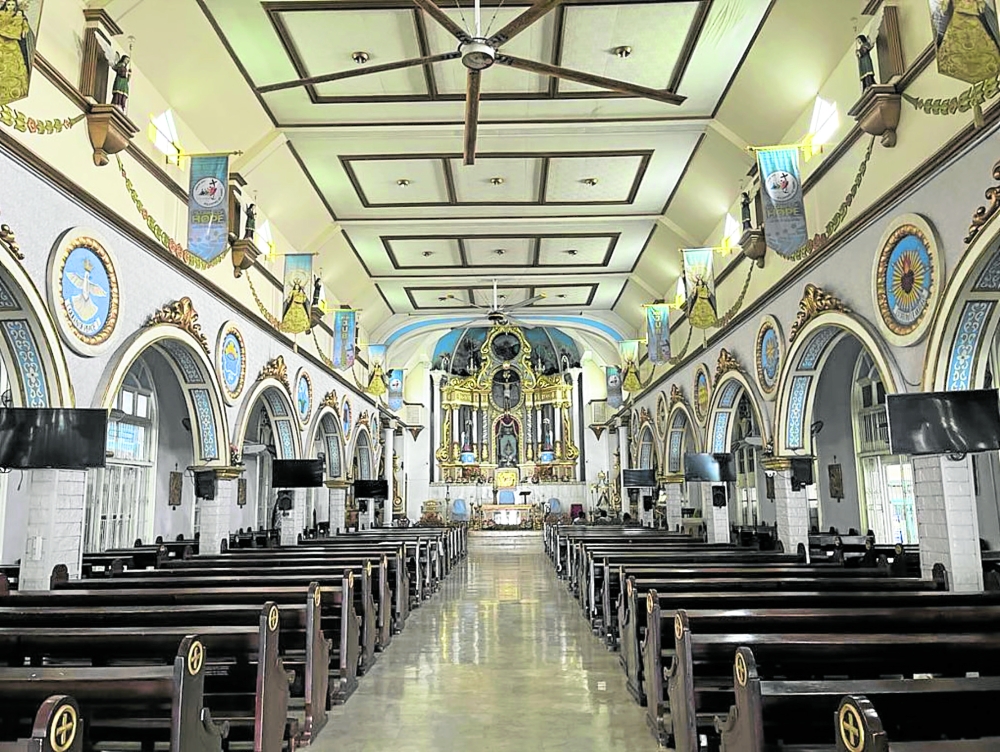
Newer but still architecturally significant is the Our Lady of Lourdes Chapel in Filinvest City, which won an award for Public Service Architecture in the Asia Pacific category of the 2024 International Property Awards.
Designed as an inverted white lily and opened in 2021, the chapel is the work of Japan-based NAP Architects, the designer of other iconic buildings in Japan such as the Zozo head office building in Chubu, and Bella Vista Spa and Marina Onomichi Erretegia in Hiroshima.
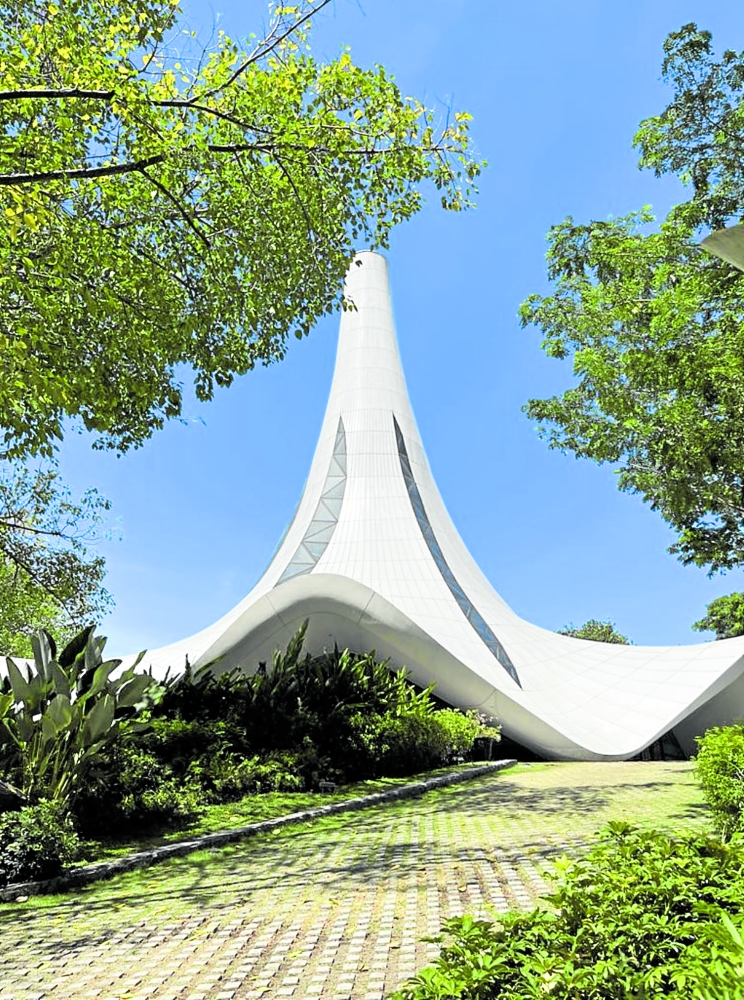
Adjacent to the Our Lady of Lourdes Chapel is a smaller chapel of similar design that serves as the Gotianun family mausoleum.
Nearby is a portion of the Filinvest River Linear Park, a popular promenade in the area and one of a number of open spaces and parks in Muntinlupa.
Also found in Filinvest is the Insular Life Building which sports the relief by National Artist Napoleon Abueva highlighting vignettes of Philippine life. This relief was originally mounted at the facade of the iconic Insular Life Building at the corner of Ayala Avenue and Paseo de Roxas in Makati.
At the lakeshore in Barangay Bayanan, the city government maintains a pisciculture area where the harvested fish are donated to the many social institutions in the city such as Bahay Pag-asa and the Elsie Gaches Village.
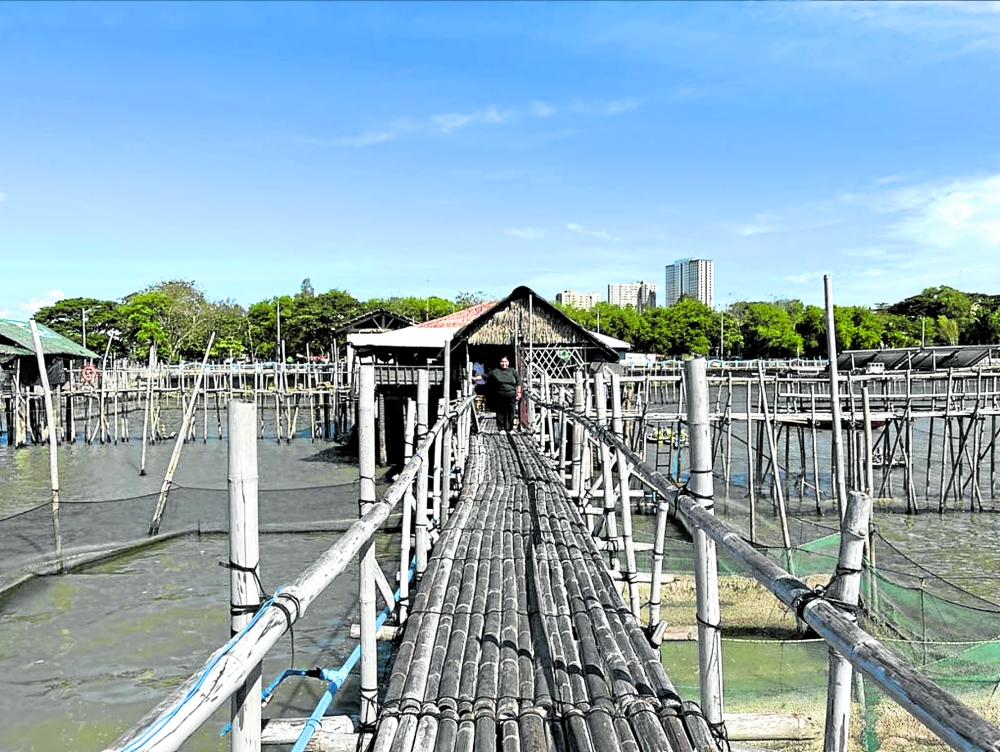
At the city’s border with neighboring San Pedro are the Art Deco boundary markers for Laguna and Rizal Province, as Muntinlupa used to be the southernmost town of the latter.
Not far from this was a dam on Tunasan River built by the Augustinian Recollects sometime in the 17th century. The foundations of this structure may still exist below the newer one made of concrete.
MuseoCon 2025
The heritage of Muntinlupa and of the lakes was the focal point of the recently concluded MuseoCon 2025 organized by the city government through its Tourism, Culture, and the Arts department and in partnership with the Manila Studies Association.
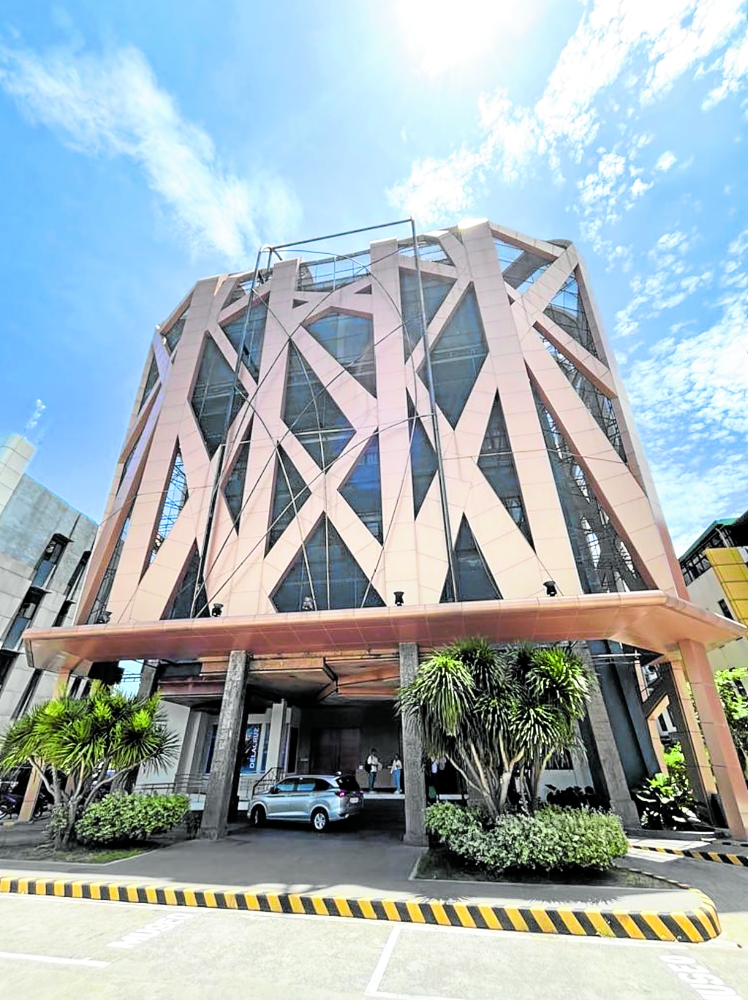
With the theme “Ang Lawa sa Kasaysayan: Kahalagahan, Kahulugan at mga Pamana,” the one-day event featured presentations by four historians.
National Historical Commission of the Philippines chair Regalado Trota Jose presented his research on the late 17th-century house in Tunasancillo, while Ruh Alonto of the Bangsamoro Commission for the Preservation of Cultural Heritage talked about the cultural landscape of Lake Lanao.
Rona Repancol of the University of the Philippines and the University of Santo Tomas presented the archaeology of Laguna de Bay and Lake Lanao, while this writer shared his study on the heritage of dam-building in Muntinlupa.





















